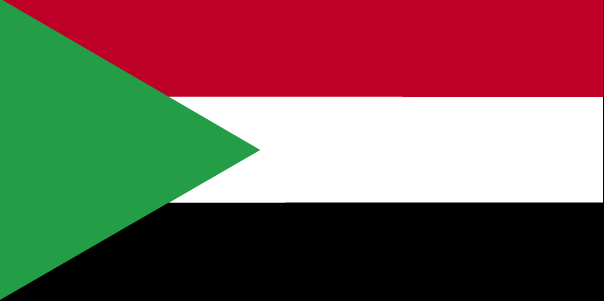
Military regimes favoring Islamic-oriented governments have dominated national politics since independence from Anglo-Egyptian co rule in 1956. Sudan was embroiled in two prolonged civil wars during most of the remainder of the 20th century. These conflicts were rooted in northern economic, political, and social domination of largely non-Muslim, non-Arab southern Sudanese. The first civil war ended in 1972 but another broke out in 1983. Peace talks gained momentum in 2002-04 with the signing of several accords. The final North/South Comprehensive Peace Agreement (CPA), signed in January 2005, granted the southern rebels autonomy for six years followed by a referendum on independence for Southern Sudan. The referendum was held in January 2011 and indicated overwhelming support for independence. South Sudan became independent on 9 July 2011. Sudan and South Sudan have yet to fully implement security and economic agreements signed on September 27, 2012 relating to the normalization of relations between the two countries. The final disposition of the contested Abyei region has also to be decided. Since South Sudan's independence, conflict has broken out between the government and the Sudan People's Liberation Movement-North (SPLM-N) in Southern Kordofan and Blue Nile states, which has resulted in 1.2 million internally displaced persons or severely affected persons in need of humanitarian assistance. A separate conflict, which broke out in the western region of Darfur in 2003, has displaced nearly two million people and caused an estimated 200,000 to 400,000 deaths. Violence in Darfur in 2013 resulted in an additional estimated 6,000 civilians killed and 500,000 displaced. The UN and the African Union have jointly commanded a Darfur peacekeeping operation known as the African Union-United Nations Hybrid Mission in Darfur (UNAMID) since 2007. Peacekeeping troops have struggled to stabilize the situation and have increasingly become targets for attacks by armed groups. In 2013, 16 peacekeepers were killed, UNAMID's deadliest year so far. Sudan also has faced refugee influxes from neighboring countries, primarily Ethiopia, Eritrea, Chad, Central African Republic, and South Sudan. Armed conflict, poor transport infrastructure, and government denial of access have impeded the provision of humanitarian assistance to affected populations.
petroleum; small reserves of iron ore, copper, chromium ore, zinc, tungsten, mica, silver, gold; hydropower
arable land: 6.76%
permanent crops: 0.07%
other: 93.17% (2011)
35,482,233 (July 2014 est.)
country comparison to the world: 37
Sudanese Arab (approximately 70%), Fur, Beja, Nuba, Fallata
Sunni Muslim, small Christian minority
Arabic (official), English (official), Nubian, Ta Bedawie, Fur note: program of "Arabization" in process
definition: age 15 and over can read and write
total population: 71.9%
male: 80.7%
female: 63.2%
note: pre-secession of South Sudan (2011 est.)
Khartoum
federal republic ruled by the National Congress Party (NCP), which seized power by military coup in 1989; the CPA-mandated Government of National Unity, which between 2005 and 2011 provided a percentage of leadership posts to the southern Sudan-based Suda
1 January 1956 (from Egypt and the UK)
Independence Day, 1 January (1956)